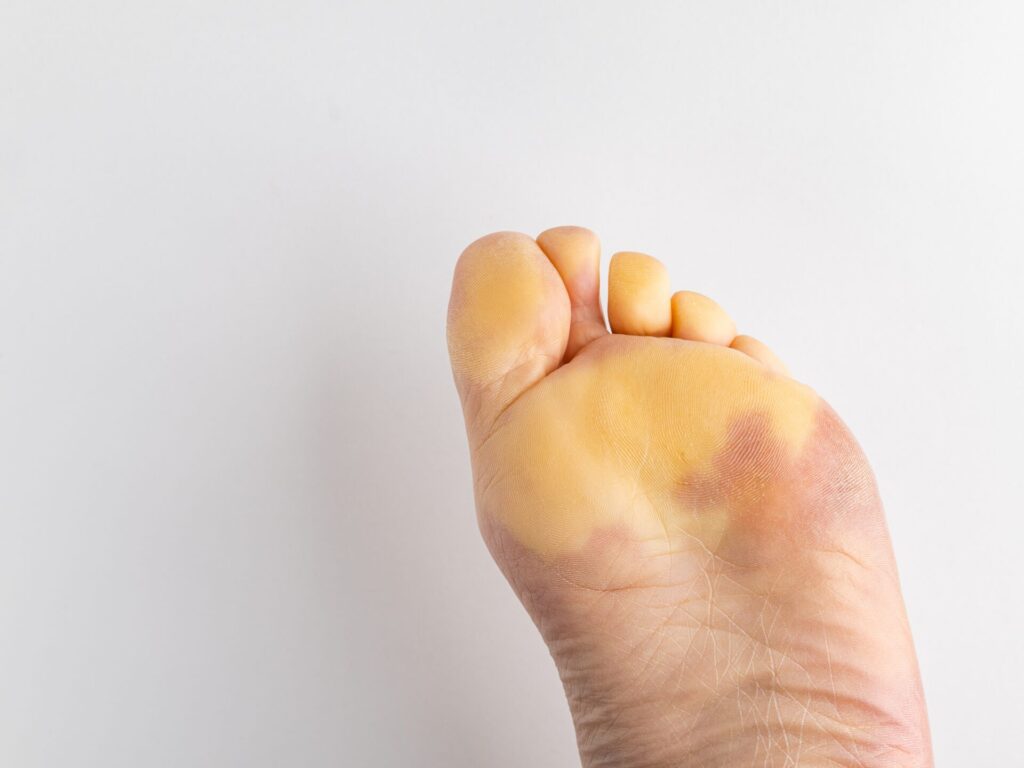What is Raynaud’s Disease?
Raynaud’s disease, also known as Raynaud’s phenomenon or Raynaud’s syndrome, is a condition characterized by episodes of reduced blood flow to the fingers and toes, typically in response to cold temperatures or stress. This phenomenon occurs due to vasospasm, which is a sudden narrowing of the blood vessels, leading to a temporary interruption of blood flow.
Risk factors for Raynaud’s disease include being female, family history of the condition, living in cold climates, and certain occupations or activities that involve repetitive hand movements or exposure to vibration.
Here are some tips to help you prevent further episodes of Raynaud’s from occurring.
Preventing Raynaud’s disease primarily involves managing triggers and avoiding situations that can induce episodes of vasospasm and reduced blood flow to the fingers and toes.
- Dress warmly, including wearing a hat to stop body heat escaping from the top of your head.
- Don’t get wet.
- Wear gloves, a scarf and warm socks on cool days.
- Try to avoid changes in temperature, which can bring on an attack.
- Quit smoking.
- Limit caffeine and alcohol.
- Exercise to increase blood flow.
There are two main types of Raynaud’s: primary and secondary. Primary Raynaud’s, also known as Raynaud’s disease, occurs on its own without an underlying medical condition.
Are you suffering from any foot condition? At The Chelsea Clinic, we can help. One of our podiatrist can assist and then recommend what treatments are best to get you back on track. Podiatrist South Kensington
Schedule an appointment here or you may call us at +44 (0) 207 101 4000.
We hope you have a feetastic day!
-The Chelsea Clinic and Team




